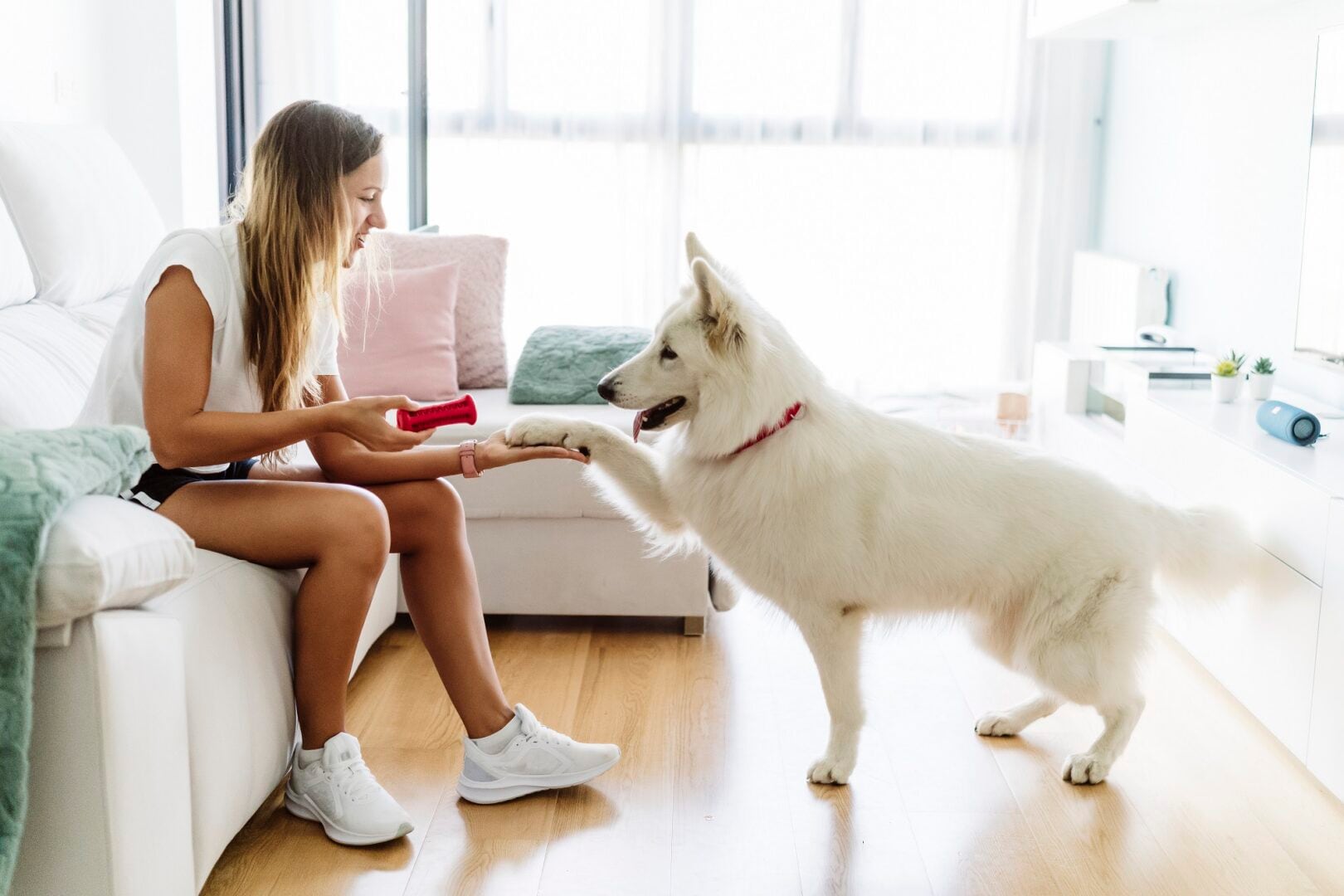It’s time to meet the “pet parents”. Are you ready to answer every question they’ll throw at you? Start off on the right foot with pets and their owners (or nowadays, “pet parents”), and everyone will live happily ever after.
>> Looking for a pet sitter gig in your area? Find a pet care job here.
Interview the “Pet Parents”
Before you agree to work as a pet sitter, you need to have an in-depth conversation about the owners’ expectations and their pet’s needs. You and the pet will both benefit, and will avoid frustration, if you know what the owner expects. For example, if she wants you to take the dog on a walk, you need to discuss that first. If the animal’s needs are more specific, you need to make sure you’re qualified to meet the needs to ensure the pet you are sitting for remains safe. If possible, be sure to meet the pet first, too!
During the initial meeting with the owners – meeting by phone is okay, but meeting in person is highly recommended. Consider choosing a public place when meeting the Pet Parents for the first time. Ask them some basic questions like:
What breed is the pet? Use the Internet or breed books at a local library or pet store to find out more information typical on this pet if the owner doesn’t go into detail. Tips on behaviour, health, and other breed-specific details will help you better care for the pet – especially if you’ve never encountered that type of dog, cat or exotic pet before.
- What is the pet’s history? It’s important to know if the pet was a rescue or if it has been with the owner since it was young. This way you know what to expect in terms of behaviour: trauma from abuse, unique habits, a history of biting, etc.
- Is the pet ever aggressive with other animals or people? How is the pet with kids? How does the pet handle strangers coming into their home?
- How well does the pet respond to humans? Does it obey commands? Will it bolt or run and hide if unleashed, let out of its cage, or accidentally let outside?
- How old is the pet? Age is a great indicator of energy levels: younger pets generally have lots of energy for exercise and play; older pets may be happier with just a little bit of exercise and more playing (or just company).
Once you’ve finished asking the questions, it’s their turn to interview you. Make sure you’re prepared with answers and examples, or be proactive and have a “pitch” ready – jump right in and tell them what you can offer them to meet their (and their pet’s) needs. Also, be sure to be crystal clear on your fees and services up front.
Outline Your Services
For pet owners to know what to expect, it’s very important that people know exactly what you will do and what services you offer. For instance, if you’re a dog walker, it’s important that the pet owner know that you are not a dog trainer (unless you provide both services, in which case additional charges should be discussed up front). Let them know you will walk the dog, put out food and fresh water, but don’t have the time (or the necessary experience) to train the pet with commands. This type of clarity is especially important for new pet owners, who may naively think that you can train the pet while they’re out.
Walk Them Through Your Routine
Talk them through a typical day. What time will you arrive or leave? New pet owners or those new to hiring outside help may not be used to scheduling yet. Help the owners plan accordingly, and let them know exactly what to expect/depend on.
>> Looking for a pet sitter gig in your area? Find a pet care job here.
Clarify Your Fees, Payment and Cancellation Policy
Make sure to be explicit about your fees, extra charges, and cancellation policy up front. How many hours or days in advance must they contact you in order to not be charged if they have to cancel? How can they contact you? How will they deliver payment to you? Do you accept both cash or checks, or only cash? Also, be sure to confirm details about entering/exiting their home: will you have your own set of keys, is there a doorman, have they told their neighbours, etc. Be sure to investigate the average rate for pet sitting services in your area prior to offering a fee.
You can discuss the pet with its owners, but the pet is the one who will really tell you what you need to know. Spend your initial meeting getting to know one another. Try to determine the pet’s demeanour, personality and levels of shyness/aggressiveness. Listen to the commands the owner uses, the tone of voice and words they choose. After all, the pet is the one with whom you’re going to be developing a relationship!
By Erin Rinaldi
